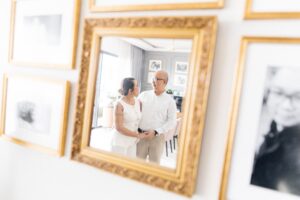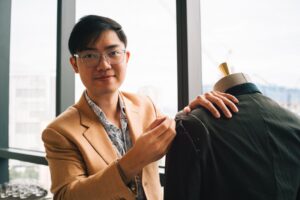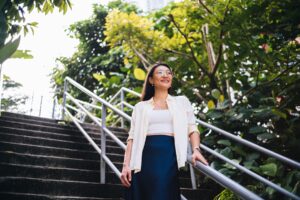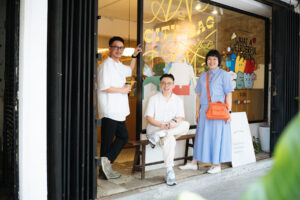Selina’s fascination with medicine began, not in the sterile halls of a hospital, but through the glamorous lens of Hollywood. “ER, Grey’s Anatomy, Dr. House — those were what shaped my thoughts on how being a doctor would look like,” she laughingly admits. Influenced by the on-screen doctors, she pursued her studies in Indonesia. It was a turbulent time, with riots and bombings creating an atmosphere of instability, yet the experience profoundly shaped her.
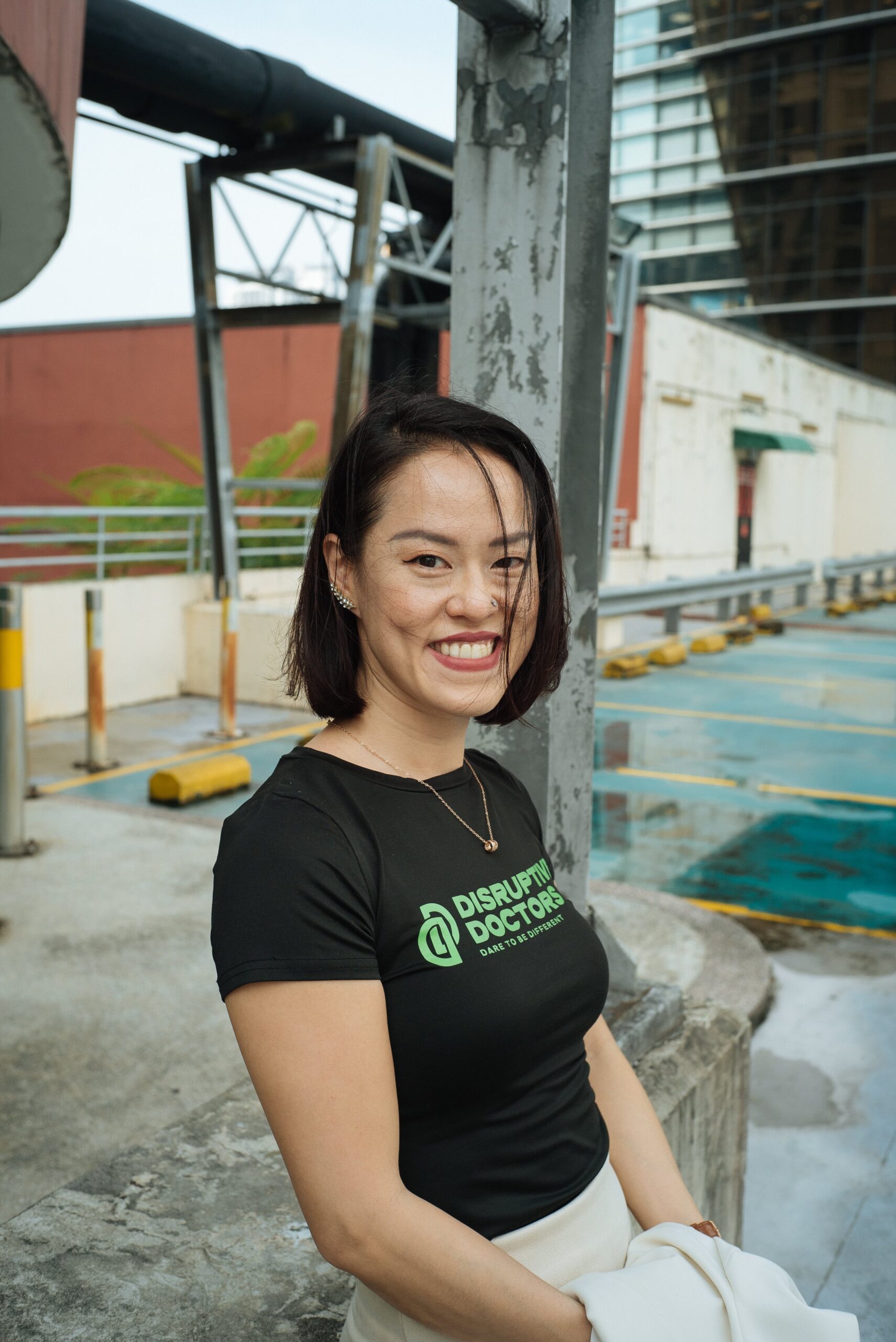
“The clinical training there was top-notch. We dealt with so many patients, it was hands-on from the start. But if I had a child, I probably wouldn’t send her to Indonesia. It was too intense,” she recalls. Upon returning to Malaysia, Selina embarked on her housemanship, armed with resilience and camaraderie. “The housemanship years were tough, but I had great colleagues. We were all in it together — from the scolding to the learning and the growth.”
After Selina completed her housemanship, she had a district posting to Simpang Pertang, Negeri Sembilan. It was there that she realised her interest in anesthesia and intensive care. Hoping to pursue this path, she applied for a transfer to Seremban General Hospital (Hospital Tunku Jaafar). However, since she wasn’t enrolled in the master’s programme, there was a lack of proper training that left her disillusioned, and her passion for medicine began to wane.
Thus, she sought a position at Sungai Buloh Hospital to work and learn under a renowned intensivist. However, as Sungai Buloh didn’t have space, she was placed in Shah Alam Hospital instead – which at the time was yet to open. As fate would have it, she managed to secure an attachment at Sungai Buloh Hospital, which she initially wanted. This experience rekindled her love for the field, but just as she was gaining momentum, she had to return to Shah Alam Hospital (which was then ready for patients) where her role became stagnant again.
Then, another setback struck: a slipped disc, coupled with unsupportive supervisors, eventually forced her out of clinical practice. Faced with this challenge, she turned to medical research, a field she found confusing and unfamiliar. “There was no bridging training for doctors like me, and I felt useless. I spent most days lying on the couch, scrolling through social media, not knowing what to do,” she admits.
Selina’s frustration fuelled her desire to create change. She figured that many doctors felt lost when they left clinical practice, a sentiment she had encountered through a friend who had been bullied into leaving her medical career. This realisation planted the seeds for Disruptive Doctors, a platform to support doctors in finding alternative career paths.
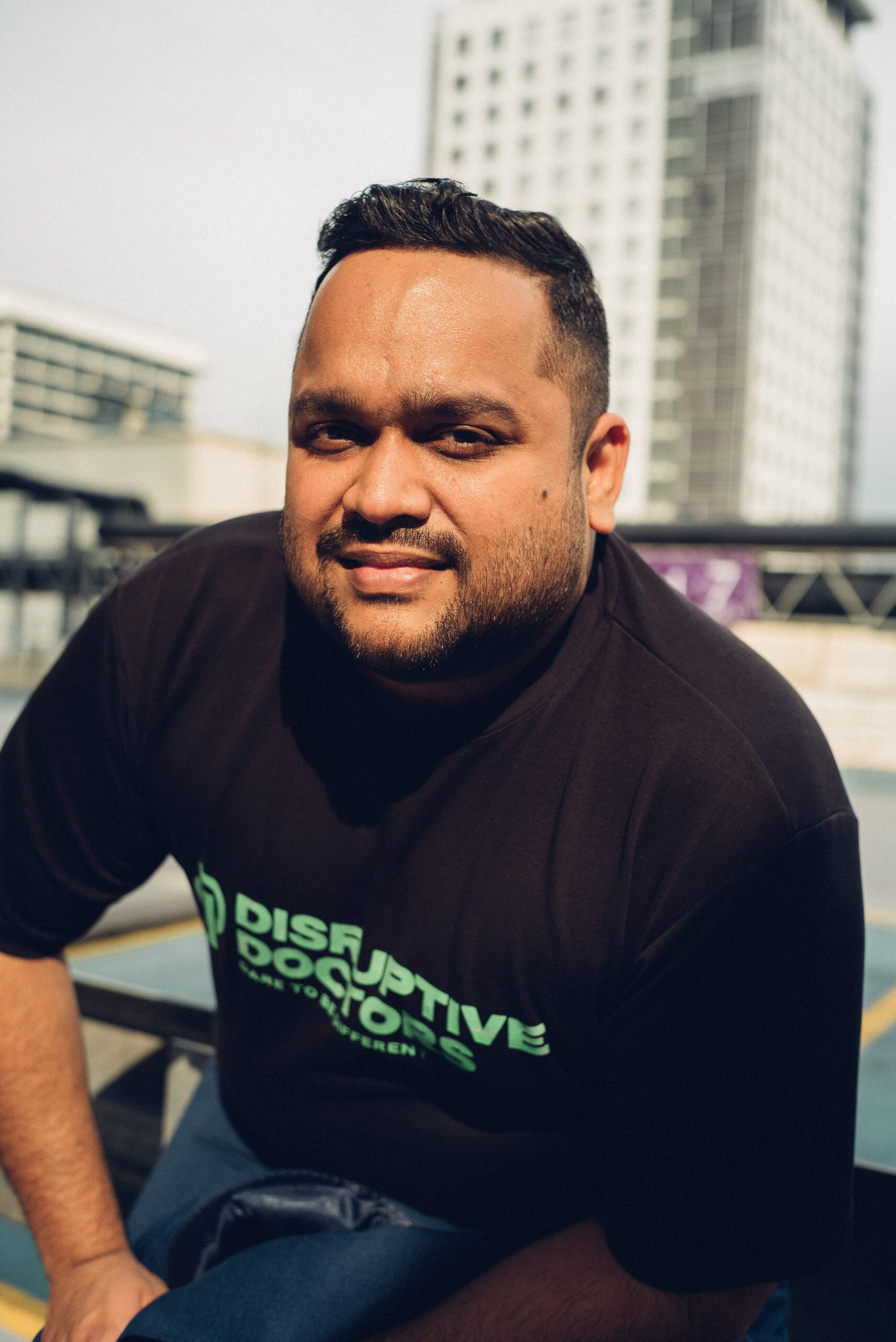
Vivek Subramaniam, on the other hand, grew up knowing he wanted to be a doctor. His childhood was marked by a certainty that left even his family slightly bemused. “When I was nine, I was already writing ‘Dr. Vivek Subramaniam’ on everything from school projects to nameplates, and such” he recalls.
He pursued his dream, by attending medical school in the UK, where he graduated from the University of Warwick in 2014. His early years in the NHS were fulfilling, with training positions in district hospitals and a focus on surgery. But despite thriving in the UK’s medical system, the pull of home was always strong. He returned to Malaysia in 2016, anticipating greater exposure to surgeries, only to be met with an environment vastly different from the one he had left behind.
“The exposure was great, but there were so many other issues here that made me reconsider surgery,” he says. After two years in Malaysia’s public healthcare system, Vivek left the Kementerian Kesihatan Malaysia (KKM) to explore other ventures.
The turning point for both Selina and Vivek came in 2020, when Vivek, a natural networker, stumbled upon Selina’s work. “I was active on LinkedIn, reaching out to other doctors, but Selina stood out. She was running these small gatherings, almost like support groups for doctors,” Vivek shares.
Collaborative doctors
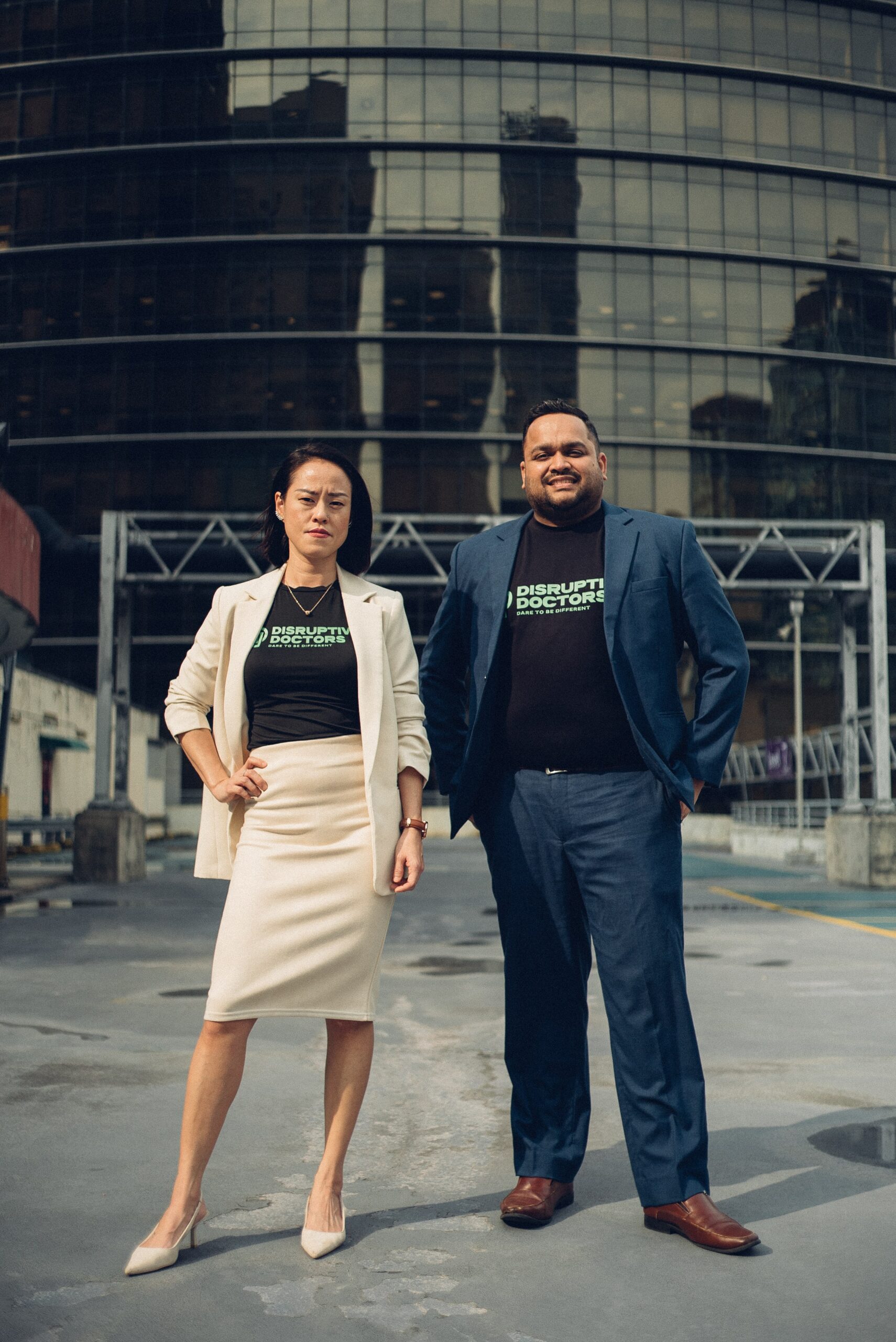
Their mutual frustration with the rigid boundaries of clinical medicine and a shared vision of creating a more diverse, flexible future for doctors brought them together. By the end of 2020, they had co-founded Disruptive Doctors, a platform designed to offer alternative career pathways for medical professionals.
The goal of Disruptive Doctors is simple: to show doctors that medicine is more than just working in hospitals or clinics. “People think doctors only belong in clinical settings,” Selina explains. “But healthcare is vast. Universities, pharmaceuticals, insurance companies — they all need doctors. In the UK and US, doctors have embraced non-clinical roles for years, but in Malaysia, the mindset is slower to change.”
One of the key achievements of Disruptive Doctors is that it connects doctors with non-clinical opportunities, from corporate roles to freelance gigs. “It’s like a LinkedIn for doctors,” Vivek adds. “But beyond just networking, we’re offering opportunities. Need an emcee for a healthcare event? A wellness consultant for a day? Our platform lets doctors take on these gigs, offering more flexibility and better pay,” he explains.
The platform has two means of membership. It offers a freemium model, and a premium tier that gives members access to exclusive events and personal coaching sessions. “Right now, we’ve grown Disruptive Doctors to a network of 4,500 members, with about 300 premium members,” shares Vivek. “It’s still early days, but we’ve seen a lot of organic growth, mostly through word of mouth,” Selina adds.
When asked how would they respond to criticism that Disruptive Doctors are “stealing” talent from Malaysia’s already stretched healthcare system. Selina was quick to refute this. “People are leaving anyway. What we’re doing is providing a space for doctors to land safely and explore other options without burning out or having no avenue to turn to.”
View this post on Instagram
Both Selina and Vivek see Disruptive Doctors as a much-needed force in Malaysia’s healthcare landscape. Their vision extends beyond helping doctors leave clinical practice — they aim to make doctors more agile, capable of balancing clinical and non-clinical roles, and ready to embrace innovation in a rapidly evolving sector.
As they continue to grow, they hope to push Malaysia’s healthcare system closer to that of the UK, US, and Australia, where doctors can move seamlessly between different facets of healthcare. “It’s not about abandoning the clinic. It’s about showing doctors they have more to offer — and more options — than they realise,” Vivek insists.
For many doctors in Malaysia, Selina and Vivek are opening doors that were once closed. And in doing so, they’re changing the very fabric of what it means to be a doctor today, and empowering the workforce to have more options than what they realise they can do for now. Those who are interested can either check out their website for more info, or join their next global seminar that’s slated to happen in KL in August next year.
Images: Imran Sulaiman
For more on the health, click here.





